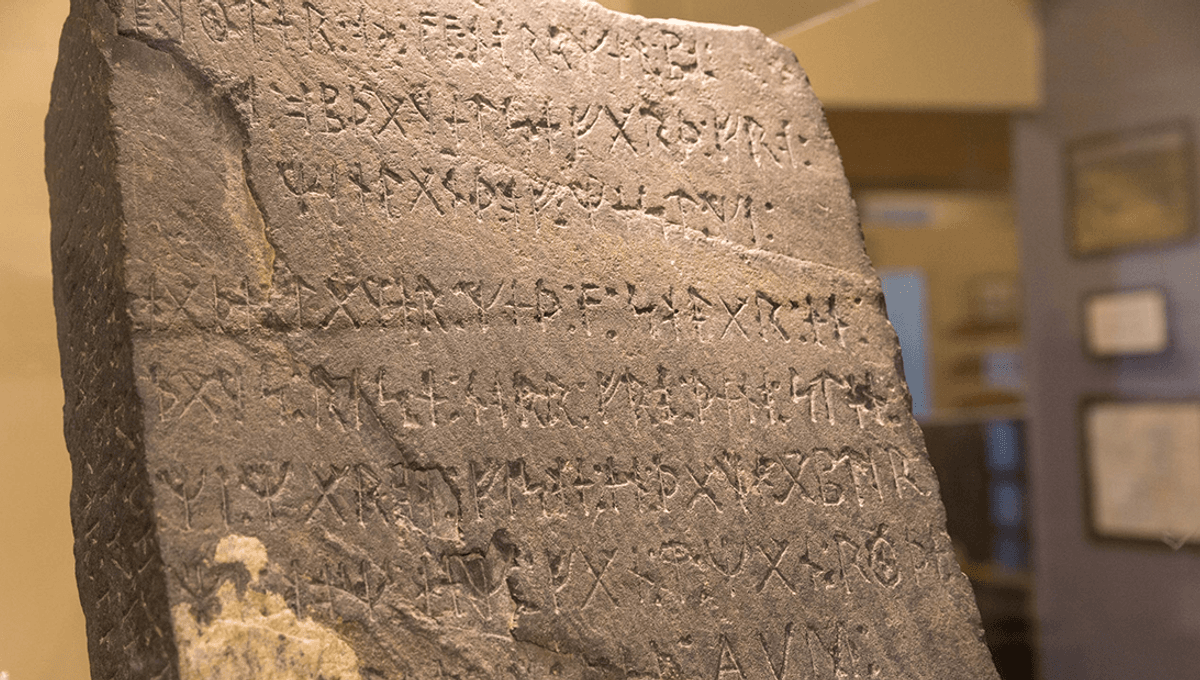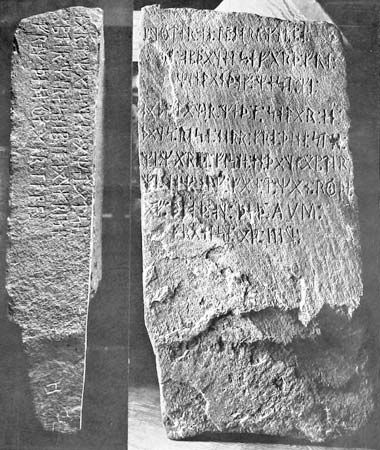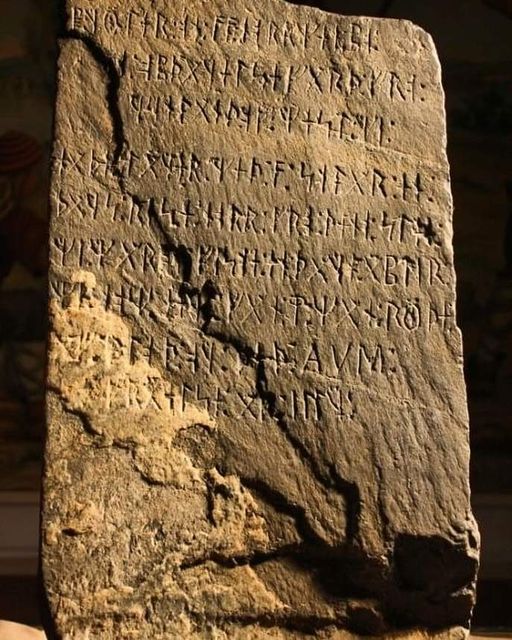The discovery of the Kensington Runestone in 1898 near Kensington, Minnesota, has captivated the imaginations of scholars, historians, and the general public alike. This rectangular slab of graywacke stone, bearing runic inscriptions, has sparked an ongoing debate about the possibility of Scandinavian explorers reaching North America centuries before the arrival of Christopher Columbus. The intrigue surrounding this enigmatic artifact lies in its potential to rewrite the established narrative of early European exploration of the Americas.
In this blog post, we will delve into the fascinating story of the Kensington Runestone, exploring its inscription, the scholarly arguments for and against its authenticity, and the ongoing investigations that continue to unravel the mysteries surrounding this intriguing piece of North American history.
The Runestone’s Inscription and Potential Significance

The inscription on the Kensington Runestone tells a captivating tale. According to the text, a group of “8 Goths and 22 Norwegians” were on an “exploration journey from Vinland very far west” when they encountered a tragic fate. The inscription describes how the explorers had set up camp by two skerries (small rocky islands) and were fishing when they returned to find 10 of their men “red with blood and dead.” The text ends with a plea for the “Ave Maria” (Hail Mary) to “save from evil” and a mention of 10 men guarding their ships, which were 14 days’ journey from the island.
If authentic, this inscription would suggest that Scandinavian explorers, potentially from the Norse settlements in Vinland (a term used to refer to areas in modern-day Canada and the United States), ventured much farther west than previously believed. This would challenge the commonly held notion that the Vikings’ exploration of North America was limited to the eastern coast and the brief establishment of a settlement in Newfoundland.
Scholarly Debate: Arguments for and Against Authenticity
The Kensington Runestone has been the subject of intense scholarly debate, with supporters and skeptics presenting arguments for and against its authenticity as a medieval Norse artifact.

Arguments in Favor of Authenticity
Proponents of the Runestone’s authenticity often point to linguistic and runological analysis to support their claims. They argue that the runic inscriptions and the language used in the text are consistent with known medieval Norse writing styles and grammar. Additionally, some scholars have identified similarities between the Kensington Runestone and other authenticated Norse artifacts, such as the Rök Runestone in Sweden.
Arguments Against Authenticity
Critics of the Runestone’s authenticity, on the other hand, argue that the stone shows signs of modern carving techniques and that the inscription’s language and grammar do not align with known medieval Norse writings. They suggest that the Kensington Runestone could be a hoax or a deliberate forgery, potentially created in the late 19th or early 20th century.
Ongoing Investigations and Scholarly Debates

Over the years, numerous studies, investigations, and scholarly debates have taken place, but a consensus has yet to be reached. The Kensington Runestone remains a subject of controversy and intrigue, with supporters and skeptics continuing to present their arguments and evidence.
One of the most recent investigations was conducted in 2019 by a team of researchers from the University of Minnesota Duluth. The study utilized advanced imaging techniques and chemical analysis to examine the Runestone’s surface and composition. The findings suggested that the stone’s weathering patterns and mineral composition were consistent with it being an authentic medieval artifact, providing further support for the Runestone’s authenticity.
However, other scholars remain unconvinced, pointing to inconsistencies in the language and grammar used in the inscription. The debate continues, with both sides presenting their evidence and interpretations, leaving the ultimate fate of the Kensington Runestone still undecided.
Conclusion
The Kensington Runestone stands as an enigmatic piece of North American history, a testament to the enduring mysteries that captivate the human imagination. Whether the Runestone is a genuine medieval artifact or a clever forgery, it has undoubtedly sparked a lively and ongoing discussion about the potential for Scandinavian exploration of the Americas long before the arrival of Columbus.
As the debate continues, the Kensington Runestone serves as a reminder of the power of archaeological discoveries to challenge our understanding of the past and inspire further exploration of the untold stories that lie waiting to be discovered. The search for the truth behind this captivating artifact continues, and the secrets it holds may yet reveal a new chapter in the rich history of North American exploration.
